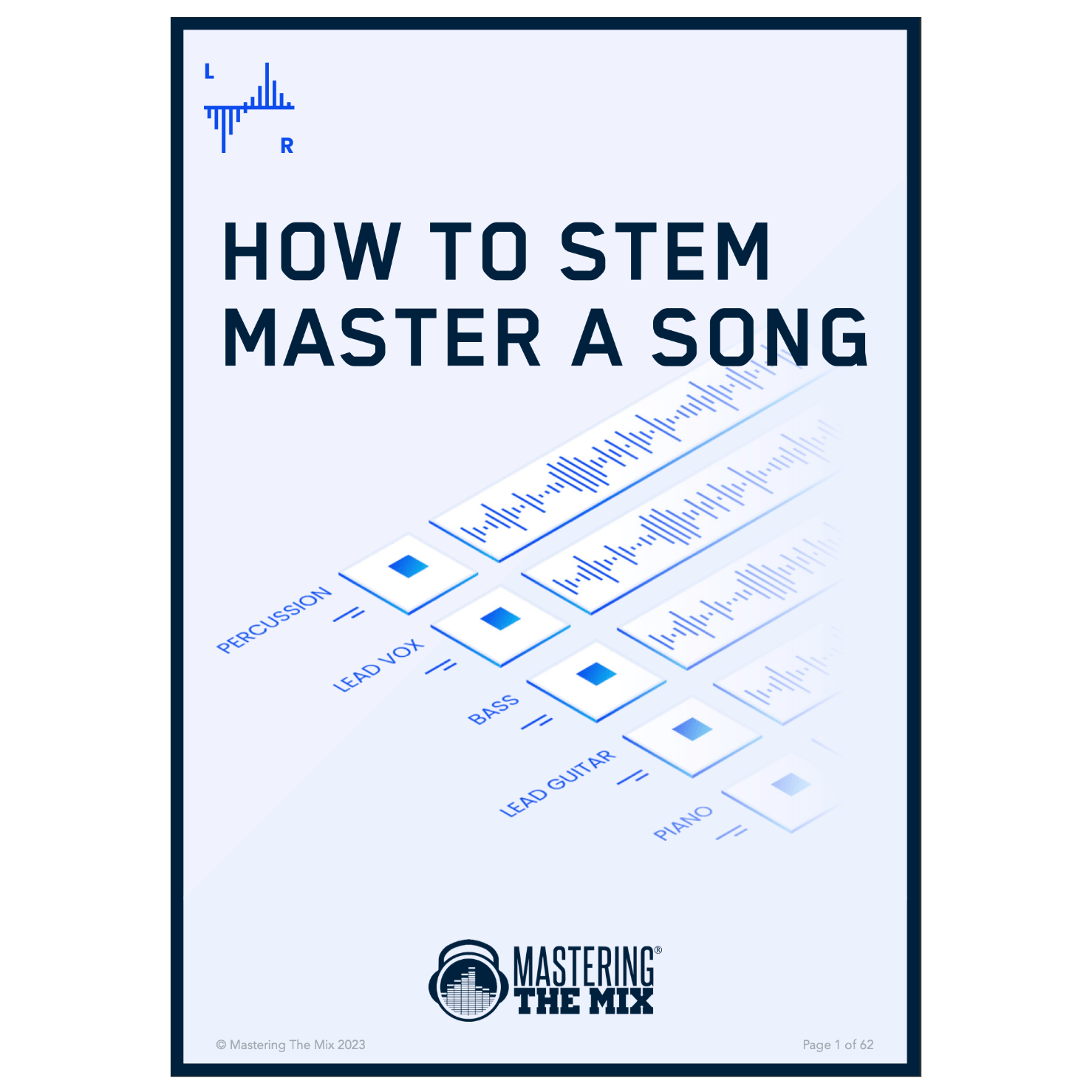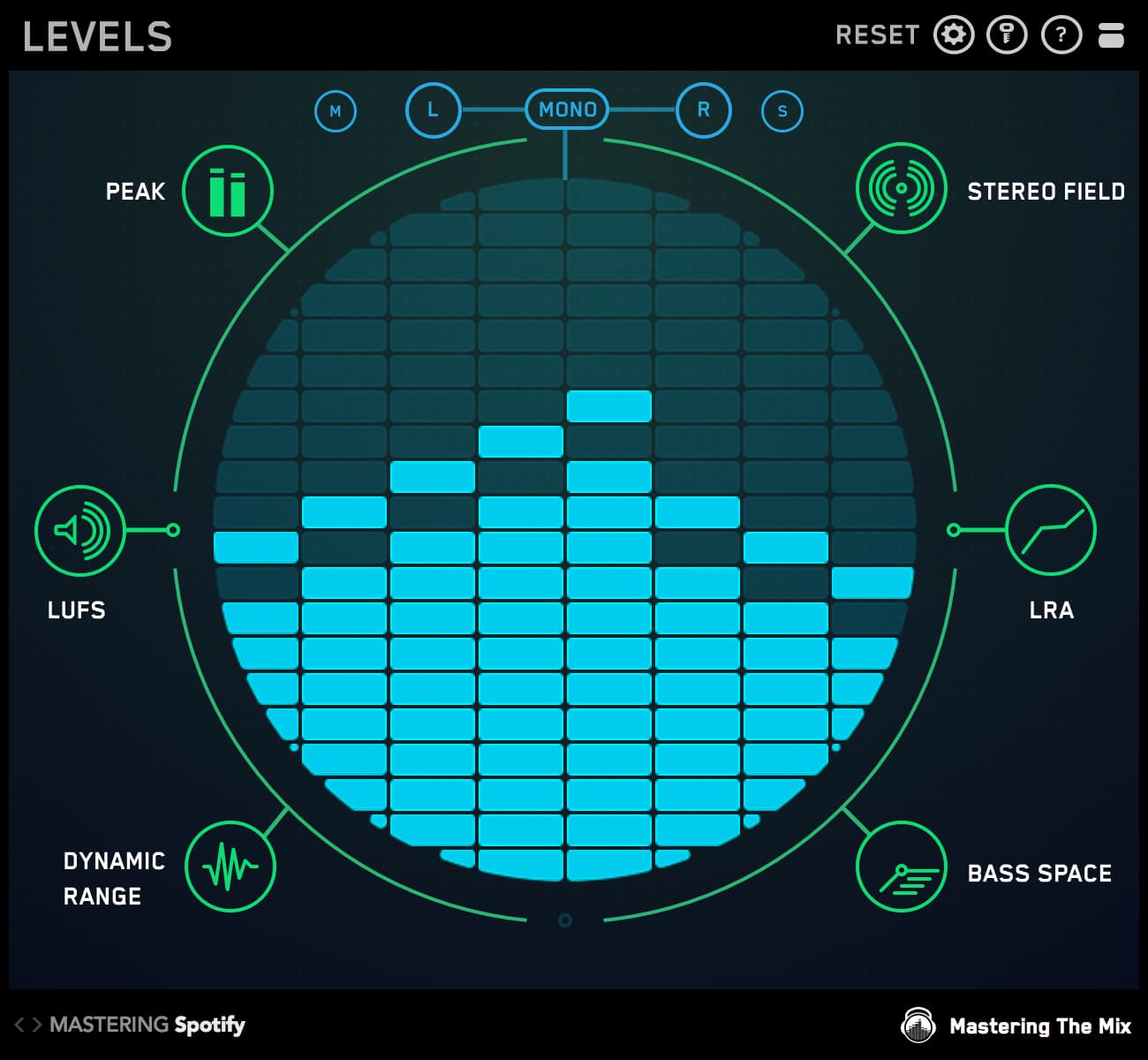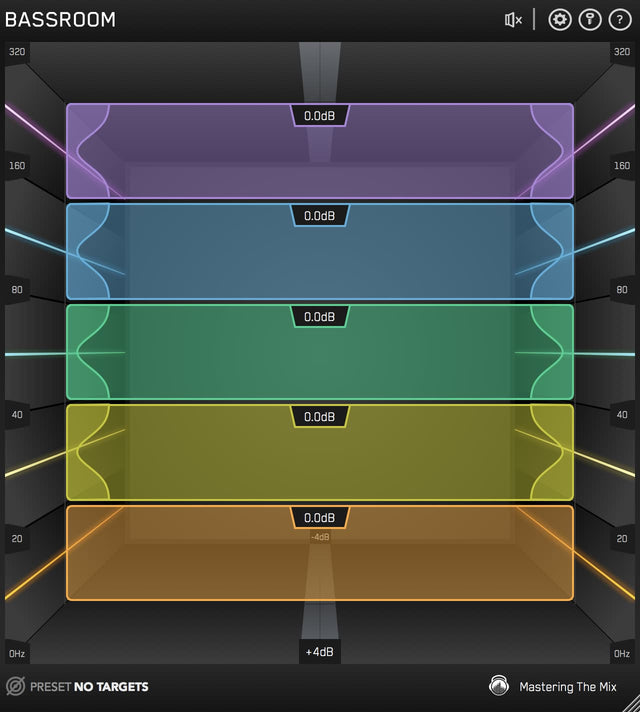Tell a professional studio engineer that you mix on headphones, and you'll probably get a dirty look — it's not the traditional way to go about it. Best mixing practice involves an honest-sounding set of studio monitors and an acoustically treated listening space.
That said, more than a few hit records have been mixed on headphones. In contrast to prior decades, today's projects are recorded, produced, and mixed in a variety of locations that don't involve a high-priced, world-class recording studio.
Besides, it's not like headphones haven't always had their place in the studio. They're the go-to tool for exposing tiny sonic details, and they make an excellent secondary reference source.
Unfortunately, headphones exhibit an unnaturally wide stereo image, a lopsided frequency response, and an absence of crossfeed between your left and right ears.
Keeping that in mind, it is entirely possible to mix on headphones — and achieve excellent results. Contrary to popular wisdom, pro musicians, engineers, and producers do it all the time.
So, how do you mix effectively on headphones?

Use High-quality Open-back Headphones
For tracking, closed-back headphones are the standard. They prevent sound from escaping and leaking into your microphone, and their exaggerated low-end thump can really get the artist's blood pumping.
These false low frequencies are caused by pressure that's trapped inside of the headphones, and they're an inherent part of every closed-back headphone's design. And while this bass bump makes for fun, engaging listening, it is counterproductive to attaining a great mix.
If you're mixing on headphones, we recommend a high-quality open-back set like the Sennheiser HD 800 S, Beyerdynamic DT 1990 Pro, or the Audio-Technica ATH-R70x. All three models of headphones offer a flat frequency response that's tailor-made for mission-critical applications like mixing.
Open-back headphones offer an honest representation of your audio that you can trust — exactly what you need to help you make well-informed choices while mixing.

Use a High-grade Headphone Amplifier
Professional recording studios invest a lot of money into their monitoring chains — top-drawer loudspeakers, feature-laden monitor controllers, and über-transparent D/A converters. That's because pro-level engineers want to be able to hear every nuance of what they're listening to.
The same line of thinking applies to mixing on headphones. That's why you should invest in a high-grade headphone amplifier — the one integrated into most low- and medium-tier audio interfaces simply won't cut it.
There is a myriad of headphone amplifier models out there to pick from, so which one should you choose?
The Little Labs Monotor should be at the top of your list. Jam-packed with audiophile-quality circuitry, this outstanding unit includes two high-grade amplifiers, extensive mono monitoring options, an auxiliary input, and parallel jacks for easy in-line monitoring.
The Rupert Neve Designs RNHP is another excellent choice. Based on the late — and legendary — Rupert Neve's circuit design, this headphone amp is teeming with the same reference-grade sound as the company's high-end 5060 Centerpiece desktop mixer.
Want the Cadillac model? That would be the SPL Phonitor 2, which includes top-shelf headphone amplification, loudspeaker emulation, spatial processing, and more.
A great budget option is the Apogee Groove. Also ideal for on-the-go laptop mixing, this device includes outstanding headphone amplification, superb D/A conversion, and convenient USB connectivity.

Don't Use Hard Panning
When you listen to studio monitors, your left ear receives sound from the left loudspeaker and then, a fraction of a millisecond later, it receives sound from the right speaker — this is known as crossfeed. Because of this phenomenon, hard panning a track on loudspeakers doesn’t completely remove the sound from your opposite ear.
Listening on headphones is a vastly different story, however. When you hard pan a track on headphones, the sound is completely absent from its opposite channel.
That's why you should minimize the use of hard panning when you're mixing on headphones. Abstaining from hard panning will ensure that every sound in your mix exists, at least to some degree, in both ears.
You'll be amazed at how much more natural your headphone mixes will sound when you avoid hard panning.

Use Headphone Optimization Software
Like we discussed previously, thanks to the absence of crossfeed, headphones create an unnatural-sounding sound field. It's like the sound is coming from inside your head rather than around you.
And then there's the cock-eyed frequency response to contend with.
That's where headphone optimization software comes in. These products minimize many of the limitations that plague the process of mixing on headphones.
So, which software is the best? Well, that's subjective. Here are some of our favorites:
112dB Redline Monitor is one of the earliest headphones mixing software tools, utilizing DSP to simulate the sound of external loudspeakers. This handy little plug-in includes adjustable positioning for your virtual speakers, adjustable phantom center level, adjustable distance for your virtual speakers, left/right channel soloing, a polarity reverse function, and switchable mono output.
Waves Nx fixes crossfeed issues, while convincingly emulating the depth, natural reflections, and stereo imaging of a top-tier set of studio monitors placed in a fine-tuned acoustical space. This software includes EQ calibration for select headphone models and makes it easy to judge mix depth, balance, and panning while mixing.
Sonarworks SoundID Reference uses a custom calibration profile that's tailor-made for your specific model of headphones. This enables the software to correct your headphones' inherent physical limitations with absolute precision, achieving a ruler-flat frequency response so you can make informed mixing decisions.

Use Assistive Plug-ins
Another set of helpful tools you can use while mixing on headphones is our MIXROOM and BASSROOM plug-ins. These intelligent plug-ins give you cutting-edge insight into your mixes — exactly what you need when you're unsure about what you're hearing.
MIXROOM offers intelligent EQ functionality to help guide your mix decisions. It analyzes your audio, pointing out problem frequencies and providing you with target EQ suggestions that you can tweak further to suit your preferences.
BASSROOM is a must-have when mixing on headphones, which are notorious for inaccurate low-frequency reproduction. This indispensable plug-in supplies you with genre-specific low-frequency EQ suggestions based on decisions that a seasoned mix engineer would make.

Use a Secondary Reference Source
Experienced studio engineers almost unilaterally recommend that you use a secondary reference source when you're mixing. Most of the time, pro-level engineers make use of mix cubes or a pair of high-quality headphones.
This is the most effective way to ensure that your project translates — that it sounds great on a variety of playback systems.
You should apply the same logic when you're mixing on headphones. Find a set of speakers — PC-style multimedia speakers, your home stereo, and even your car will do — and use them for periodic reality checks.
Failure to use alternative reference sources will oftentimes result in mixes that sound stellar on your headphones, but completely fall apart everywhere else.

Take Care of Your Hearing
For a recording engineer, their ears are their most important asset. A studio engineer's ears are as important as an Olympic runner's legs or a neurosurgeon's hands.
That's why we recommend that you mix at a safe volume. The perfect monitoring level for most small home studios below 42 cubic meters is around 73-76dB SPL (C weighted). For larger spaces see our guide here. Exceeding this level for prolonged periods of time will damage your ears.
Avoiding excessive volume levels is essential no matter how you're listening to your mixes. But given that headphone drivers are — by necessity — positioned almost flush against your ears, it's especially important when you're wearing headphones.
So, remain cognizant of your listening levels. If you feel the need to increase your monitoring volume, take a break instead.
You should take frequent breaks while mixing anyway — listening fatigue is a real thing. When you mix with fatigued ears, you're almost certain to make mistakes, and you'll probably have to remix your project again anyway!

Conclusion
When you're mixing, quality studio monitors and a well-treated room are still the preferred way to go. But if you're working in a non-treated space, headphones may be the perfect solution. The same goes for late-night mixing or mixing when you’re on the go.
Provided that you remain mindful of their shortcomings — the unnaturally wide stereo image, skewed frequency response, and lack of crossfeed — it's entirely possible to build a great-sounding mix using headphones.









